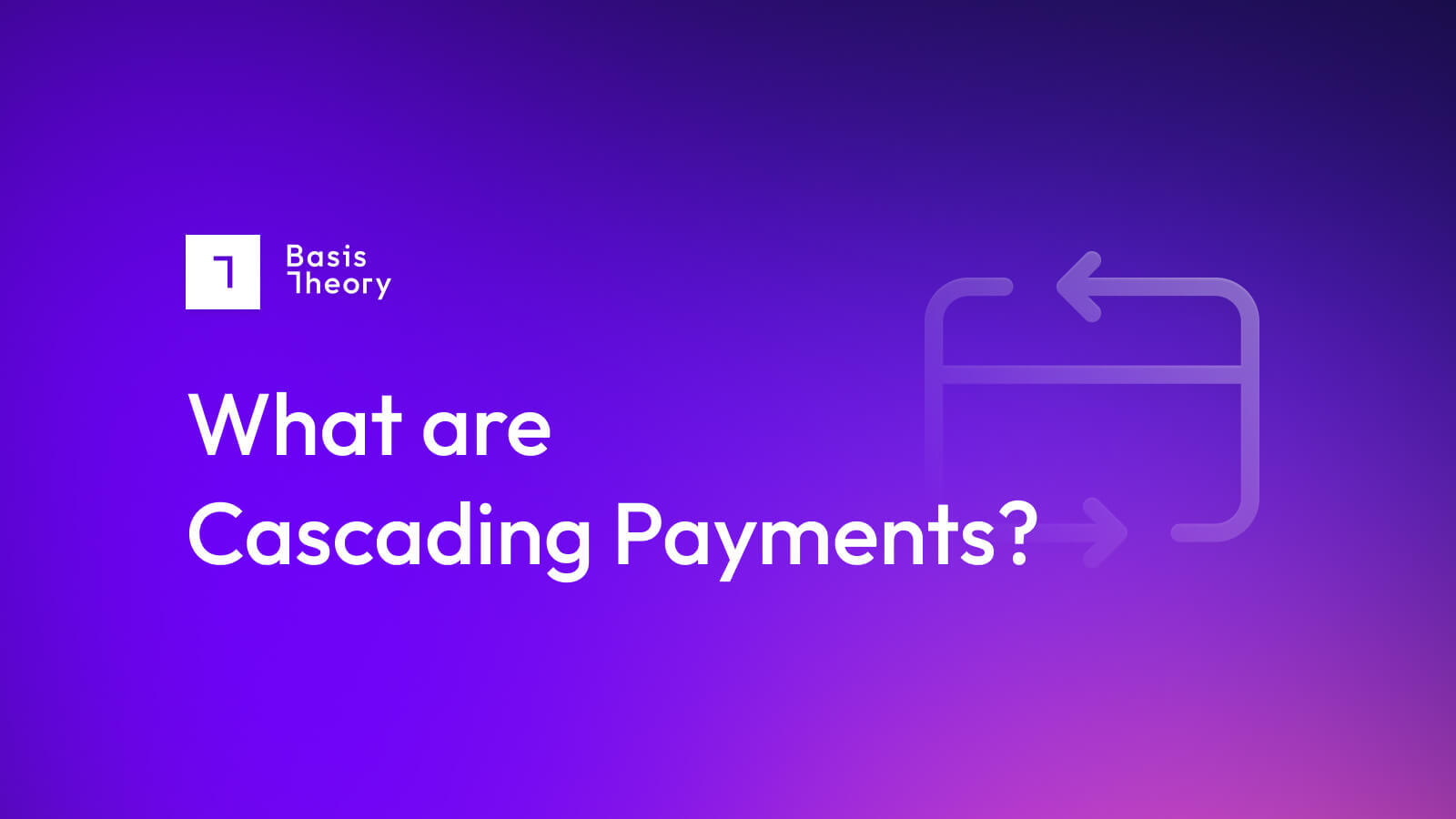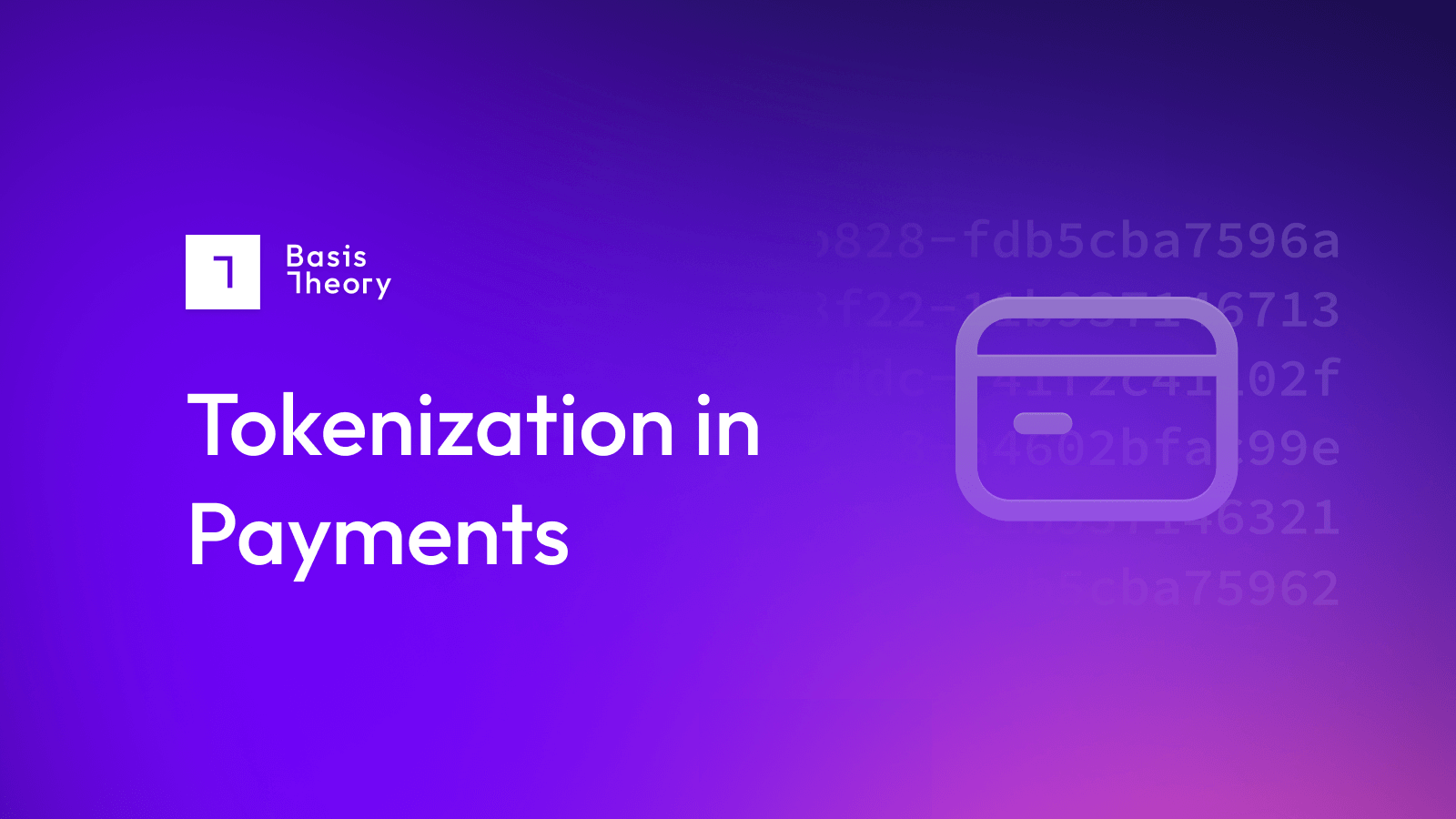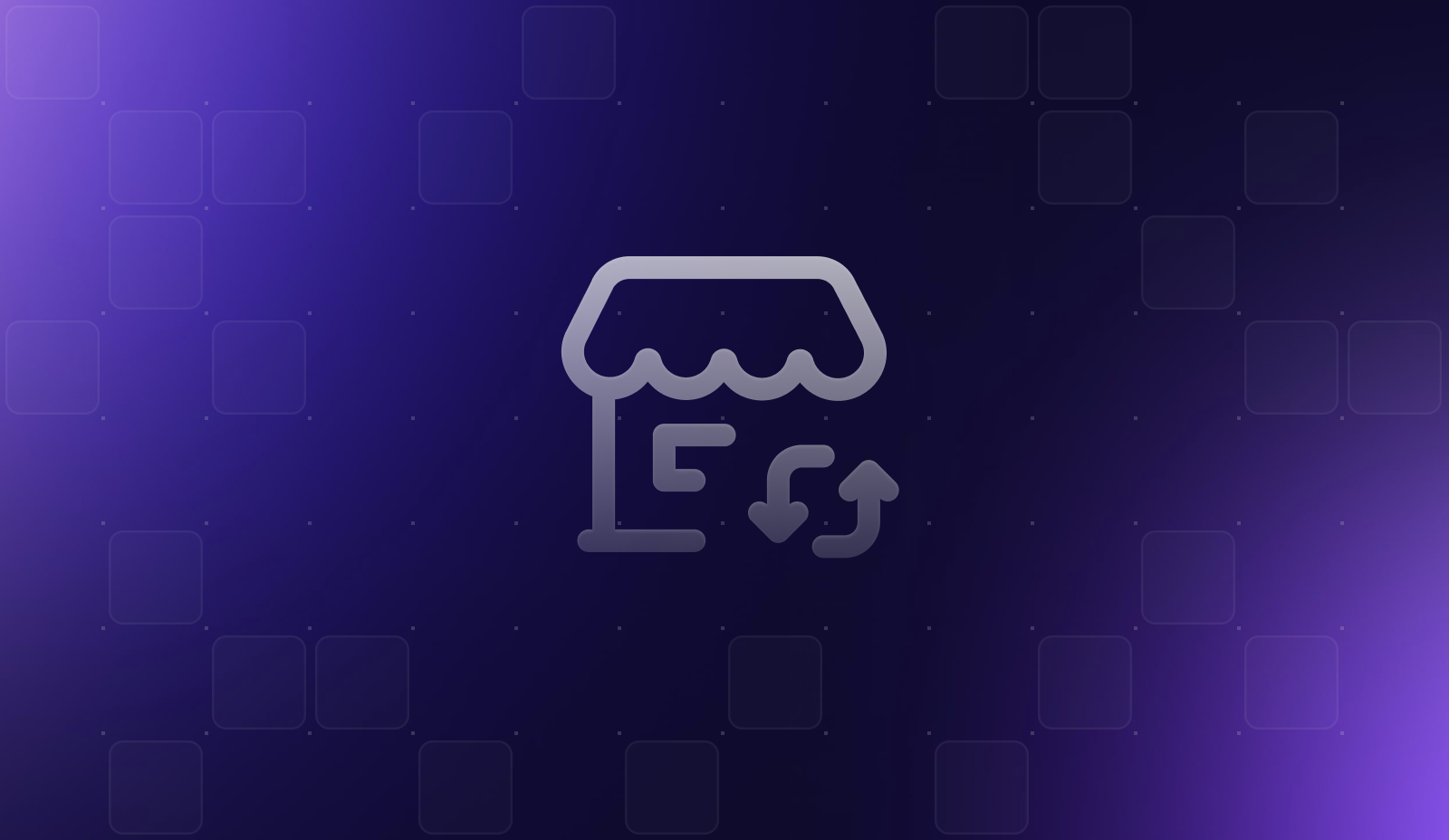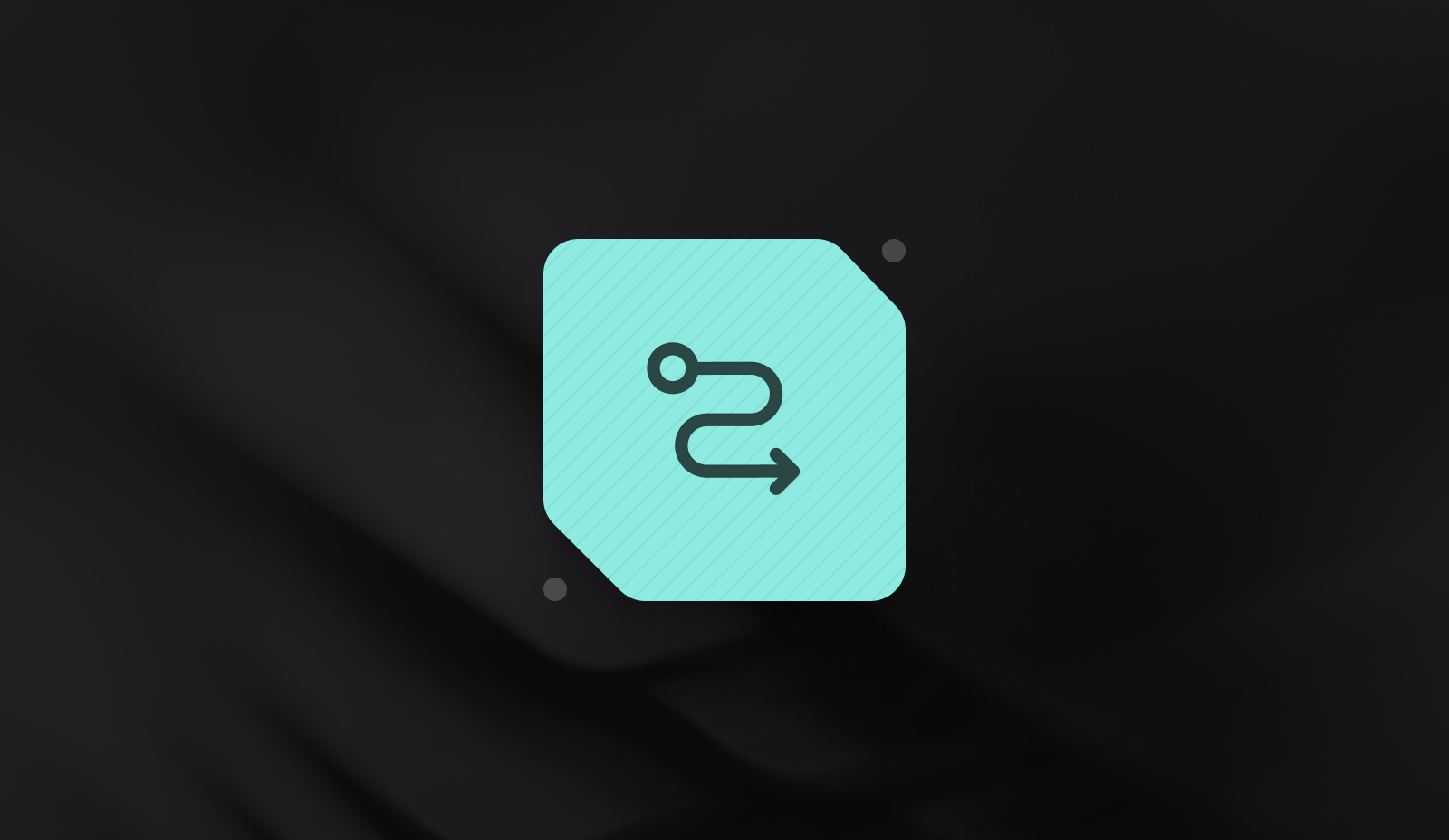What are Cascading Payments?

Cascading payments can be part of an intelligent payment routing strategy. In this post, we break down the details and discuss how they can influence your success rates.
What Are Cascading Payments?
Cascading payments are types of payment processing that involve distributing transactions through multiple payment service providers (PSPs), channels, or gateways using smart routing. If a transaction is declined through one channel, it moves to the next for approval. This gives each transaction multiple opportunities to go through successfully.
Cascading payments can have a significant impact on authorization rates because the traditional payment processing flow is fixed and follows a specific path. With smart routing and cascading payments, the transaction follows custom logic and a set of rules that dynamically determine how a transaction will be transmitted for processing. This dynamic flow is based on factors like region to improve the chances of approval.
How Cascading Payments and Smart Routing Compares
The terms ‘cascading payments’ and ‘smart routing’ may appear to go hand-in-hand, but the terms are not completely interchangeable. Smart routing sends transactions through the channel where they are most likely to be approved. Cascading, however, occurs only with transactions that have already been declined.
A quick way to look at the differences is:
- Smart routing is a preventative measure to reduce returned and declined payments
- Cascading is a remedial measure, which occurs after a valid transaction has been turned down
While both will route the payment to the channel most likely to successfully process the transaction, each option occurs at different points of the transaction flow. Strategically, smart payment routing technology should include cascading payments.
How Do Cascading Payments Work?
Card payments can be rejected for numerous reasons, but many cases are caused by manual entry errors. For example, a customer might input the wrong credit card number due to a simple typo that could be corrected by re-entering the information. While such errors require a customer’s manual intervention (there’s no point in re-presenting an incorrect card number), they also reduce the likelihood of a successful outcome.
Using a cascading payments process to re-present declined transactions that do not require customer intervention, then, is necessary to preserve a high transaction success rate.
Banks and credit card issuers follow a complex system with each transaction to detect and reduce fraudulent transactions. Abnormal purchasing behavior may trigger a red flag and decline the transaction, including:
- Purchases made from a different region/location
- Higher-than-normal transaction value
- Many items (like gift cards) purchased in a short period of time
Cascading systems recognize failed transactions and search for a path that successfully processes any perfectly valid transactions. The system automatically searches for the gateway or flow with the highest success rate for the currency, region, or business type involved in the transaction.
Benefits of Cascading Payments
There are several reasons to consider using cascading payments at your organization.
1. Improve transactional success rates
The first benefit of cascading payments is to improve your transactional success rates. If the customer doesn’t want to repeat the transaction with a different payment method, you could lose the sale. According to a report by Business Insider, 32% of cardholders will stop shopping at a retailer after a single declined transaction.
2. Built-in redundancy for business continuity
Should a gateway or processor experience an outage that prevents your customers from transacting, your routing can ensure that payments route to a fallback processor. This keeps your business transacting, which makes your customers happy and keeps you operational. This redundancy reduces the risks of a single-point-of-failure and reduces overall service disruptions your customers will face.
3. Assists with geographic expansion
This is particularly useful if you process a high volume of cross-border transactions. Cascading your payments amongst the shifting leaderboard of PSPs will set up businesses to have the greatest chance to capture a payment - leading to the best experience for the customer. In regions where gateway outages are more common, in particular, re-presenting a transaction that could not be completed owing to the unavailability of the PSP, this can be a game changer for your bottom line.
How to Set up Cascading Payments
To enable cascading payments you will need to set up logic within your payment engine that tries the transactions through additional Payment Service Providers (PSPs) if a transaction fails with your primary PSP. However, for this to work correctly, you either need to store tokens from multiple PSPs for each card or the ability send the card number to a PSP.
In either instance, you will need to host a cardholder data environment either within your own systems or with a tokenization platform like Basis Theory that can enable you to build a flexible payments stack.
.png?width=365&height=122&name=BTLogo%20(1).png)



